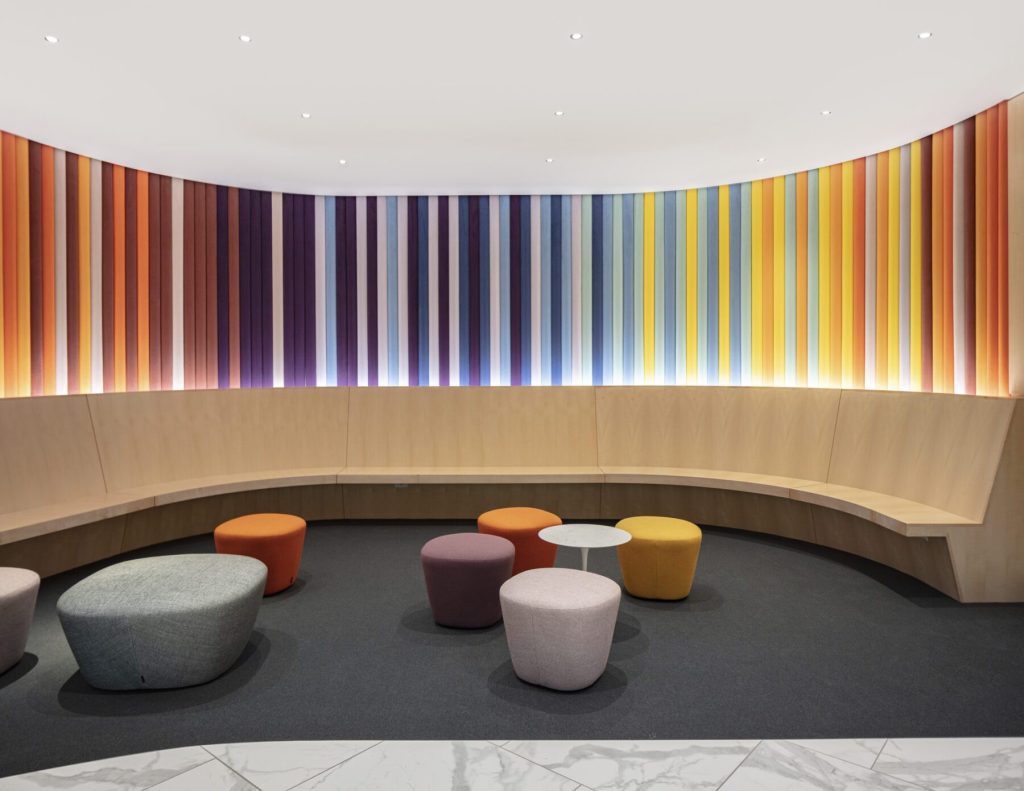
When one thinks of anachronistic office equipment from days of yore, springing to mind are typewriters, rotary phones and rolodexes.
But some work experts are adding a surprising item to that list: Desks.
Dedicated desks or workstations of the past are definitely “out,” according to some who study the shifting dynamics of workplaces. Instead, employers are establishing “workpoints.”
“The shift to flexible workpoints represents a seismic change in how we utilize office space,” write Janet Pogue McLaurin and Louis Schump at design firm gensler.com. “Instead of assigning each employee a desk for their singular use every day, workpoints are versatile work settings that can be used by anyone as needed throughout the day.”
Design firm Sasaki is among those embracing the idea of workpoints. While desks are available for some employees, Sasaki encourages staff to use single-person phone rooms, high-top tables or lounge furniture, says senior associate Amanda Lennon at Sasaki.com, who refers to it as “right-sizing the office.”

Advantages workpoints have over desks include creating a greater collaborative environment, letting employees choose a space to suit their mood, and providing flexibility to set up in a quiet space when other parts of the office a more voluminous. “By optimizing space and promoting mobility, workpoints make the office a more engaging and effective place to work for everyone whether in the office or out,” say McLaurin and Schump.
That said, not everyone is ready to send desks to the dustheap of workplace history. Christoph Messing, a contributor to the book series Office Pioneers, says that while the design of desks may be evolving, they’ll always be a part of the furniture, so to speak. Desks, he says, may become “intelligent,” and either through pre-programming or AI, conform their height or setup to reflect an employee’s work needs throughout a day. But when it comes to writing or working with a keyboard or mouse, sitting at a flat surface about waist high in front of you is still a natural and productive way for people to get office tasks done.
“The desk will still have its place in offices in the future,” predicts Messing. “It may just be that the desk looks different, transforms itself and integrates with other functionalities in the area, and is networked and able to interface with different services.
“In short, the desk is far from dead.”
